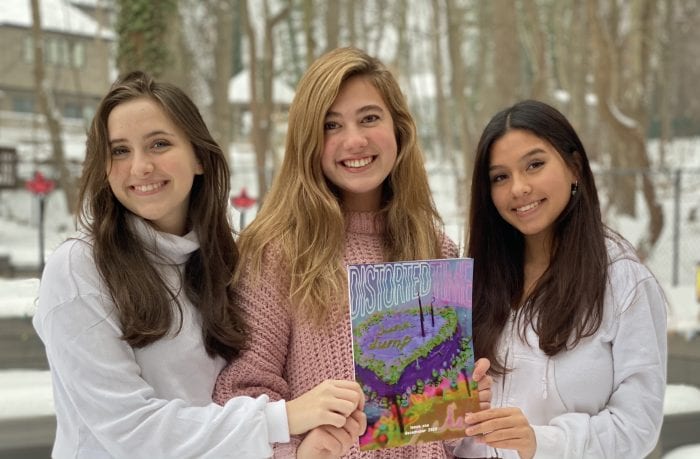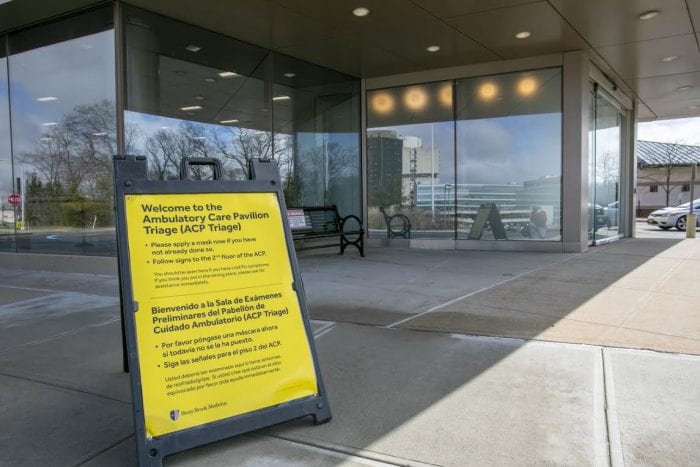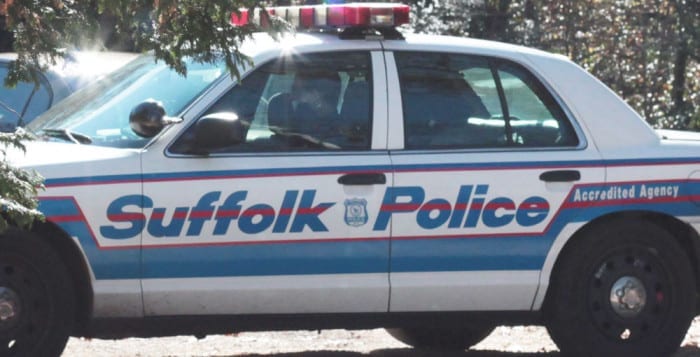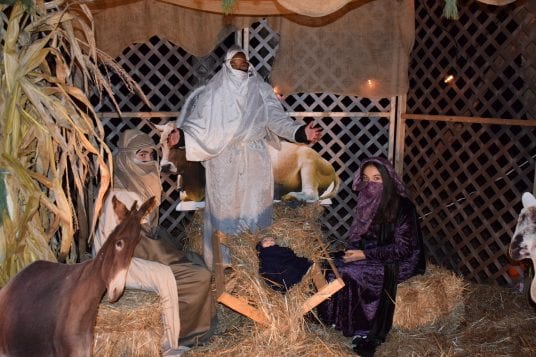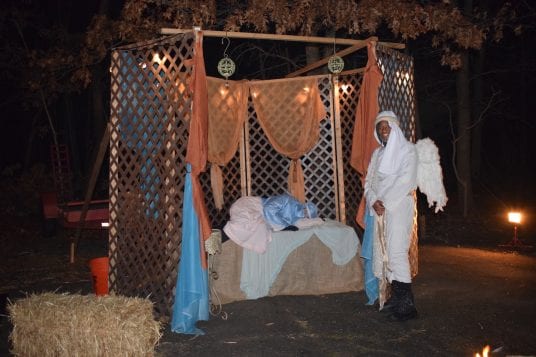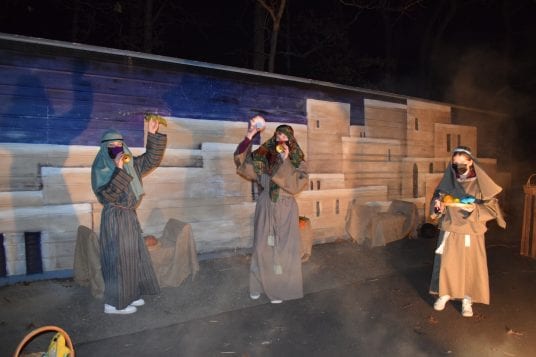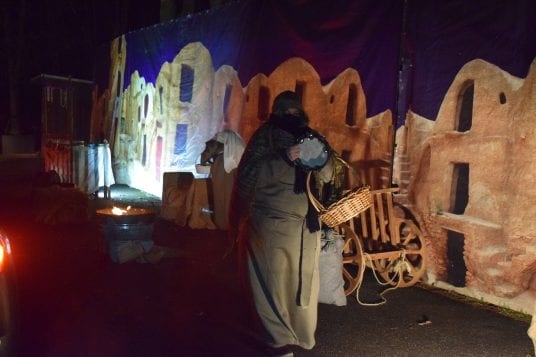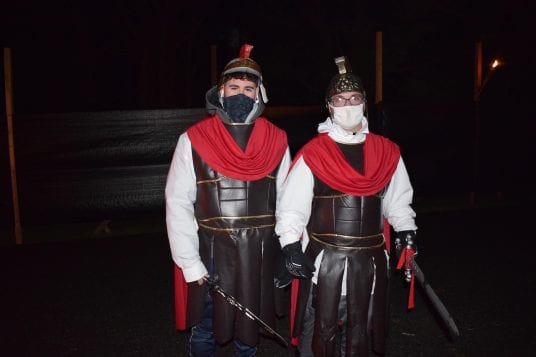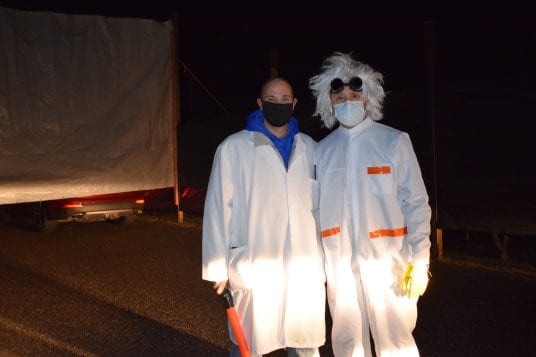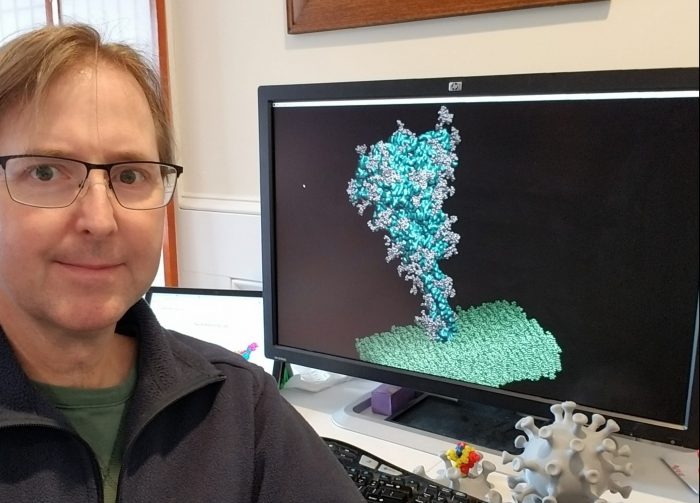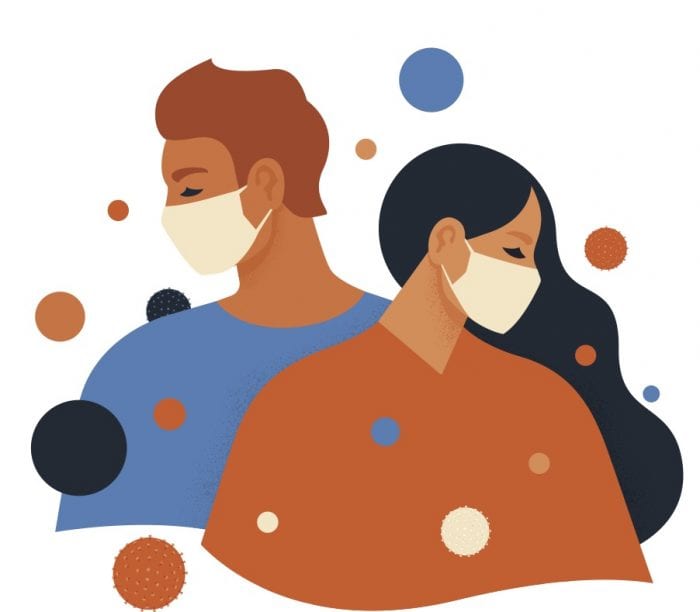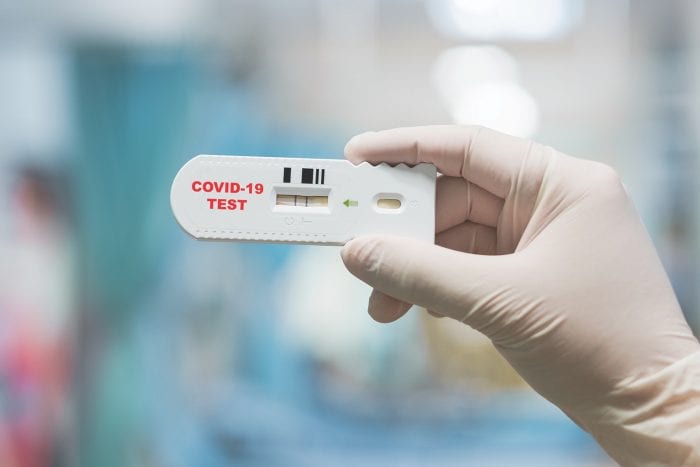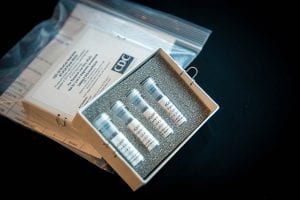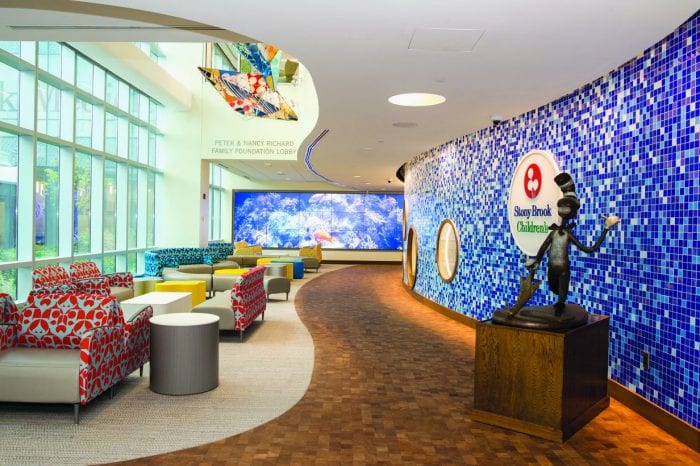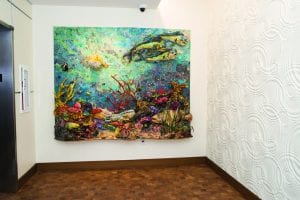By Leah S. Dunaief

One of my favorite days occurred this week. It is the winter solstice, usually considered to be Dec. 21 or 22. Why do I like that day, you might wonder? Some people think of it negatively as the shortest day of the year. In New York, the night was 14 hours and 45 minutes, shorter than in Minnesota at 15 hours and 50 minutes but longer than Miami at 13 hours and 28 minutes. For me it marks the turning point of the seasons, when each subsequent day then begins to have more light. Darkness will be lifting over the next six months, gradually but definitively. And for COVID-19, the pandemic of the century, it is a perfect metaphor. The vaccine is arriving at winter solstice with the promise that the disease, like the days, will lighten.
The vaccine is the match that will eventually banish the darkness. People all over the world, since the beginning of recorded history, have lit fires to ward off the night. It is not a coincidence that the birth of Jesus is celebrated at this time. Houses and trees are brightly decorated with all manner of lights. Hanukkah candles burn brightly at this same time, and in an 8-day sequence, as if prophesying the gradual lighting up of the days. Diwali is a five-day festival of Hindus, Sikhs and others, pushing back the night and celebrating the coming of more light.
So will the vaccine, perfectly timed, gradually vanquish the pandemic over the same next few months.
Just as a point of information, I looked up the meaning of winter solstice and found the definition as the time during the earth’s orbit around the sun at which the sun is at its greatest distance from the celestial equator. So the other part of the shortest day is the winter season that we have to get through with its long days before we can enjoy more brightness and warmth. And we will also have to endure more illness and death from the novel coronavirus before we can recapture the world as we have known it. We will have to hold on, using our various strategies for survival, until what has been described as the unending “snow days” of lockdown yield to recovery.
Winter can be thought of as a time of intense cold, of scarcity, of starkness and even of death of the earth. But the earth has not died. It is merely resting, and all who live on it are forced to slow down until light and warmth bring growth. For us humans, it can be when we nest with our families, play games, watch movies, tell stories about our ancestors and fill the house with the smells of stick-to-the-rib cooking. Unfortunately, we have been doing just that, unwillingly, for the past 10 months. But the warmth and the light inside the home are especially welcome now that the wind is howling and the snow is sticking.
When we were in Alaska some years ago, many of the residents we met said that winter was their favorite season, when members of the community come together indoors to socialize and look after each other as the elements rage in the darkness outdoors.
This winter, we will be coming together via zoom and the other miracles of modern technology. As the earth lies fallow, we can just rest. Or we can evaluate our lives and priorities, learn things that, like planted seeds, will flower in the warmth and light of the spring. We can certainly straighten out our closets and desk drawers, if we haven’t already. All the while, we can follow the guidelines of the scientists and physicians and keep ourselves safe for the spring.
This is my last column of the year. The next issue, of 12/31, will be entirely filled with stories about those heroic and tireless residents who kept life going in 2020 and richly deserve to be honored as People of the Year.
We here at TBR News Media wish you and your loved ones holidays that are happy and safe.
We look forward to rejoining you next year.


